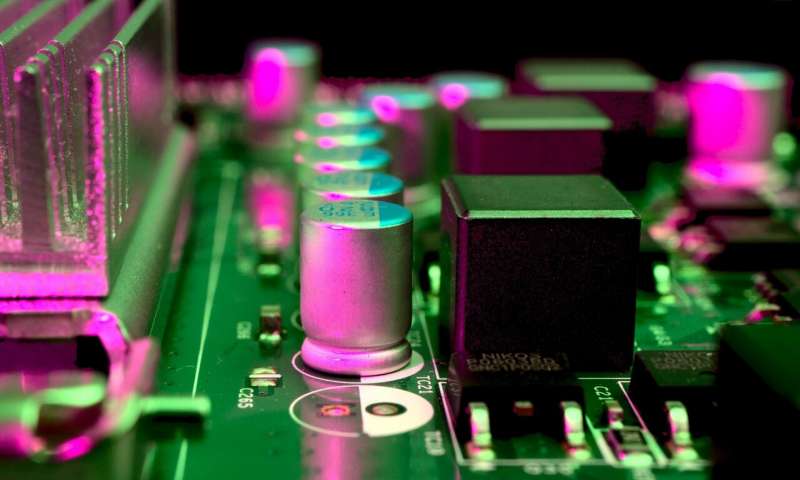HOME
Computer engineers design research platform for mixing processor cores to boost performance

Computers are renowned for flexibility, running everything from game consoles to stock exchanges. But at the level of computation, most computers rely on arrays of identical processors called cores. Now, a team at Princeton University has built a hardware platform that allows different kinds of computer cores to fit together, allowing designers to customize systems in new ways. The goal is to create new systems that parcel out tasks among specialized cores, increasing efficiency and speed.
On top of multi-core collaboration, even more gains are achievable when cores needn't all rely on the same basic programming code that tells a core how to handle its processing jobs. Designers call this basic code an Instruction Set Architecture (ISA). Well-established ISAs include Intel x86, commonly found in laptops, ARM in smartphones, and POWER in IBM mainframes. Besides mixing together cores specialized for different ISAs, researchers are also interested in developing hybrid ISAs to underpin new processor designs, exploiting the potential of new, cutting-edge, open-source ISAs like RISC-V ISA.
What the computer research field has lacked, however, is an experimental hardware platform that allows designers to try out heterogeneous core and ISA arrangements. The Princeton platform, called Bring Your Own Core (BYOC), is open-source, granting anyone who wants to take advantage of its capabilities the opportunity to do so.
"With Bring Your Own Core, it's right there in the name," said Jonathan Balkind, a graduate student in computer science at Princeton. "Researchers can connect their cores into our modifiable hardware framework, which readily supports multiple ISAs and can scale to handle as many as half a billion cores." The hope is that this avenue of research will eke out fresh gains now that Moore's Law—the 1965 observation that computer chips' performance doubles every two years—has lost sway after decades of steady progress.
News Source